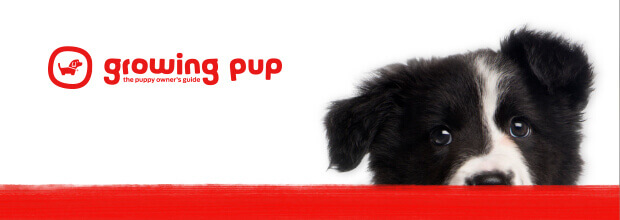History and Origins
Country of Origin: Scotland
Rough coated or shaggy, tall sighthounds have existed in Scotland for over 500 years, and their original purpose was hunting wolves, rather than deer. As the wolf population reduced, deer became the chosen quarry and the early ancestors were refined into the smaller, more elegant yet still rough coated and robust Deerhound we know today.
Whilst deer hunting with hounds slowly fell out of popularity and more recently became illegal, the Deerhounds laid-back but noble nature meant they still appealed as pets for those who had the space, and the Victorians were in particular responsible for their survival.














